Know before you go
Travel Basics
Getting By
-
When to Go

Hot summers, mild winters
Warm summers, cold winters
- High Season (Apr-May, Aug)
-
- The two biggest local holidays are Golden Week (first week of May) and O-Bon (mid-August).
- Cherry blossom season runs late March to early April from Kyushu to Tokyo, and continues as late as early May as you go north.
- Shoulder (Jun-Jul, Sep-Dec)
-
- June to July is the rainy season on Honshu (Hokkaido gets skipped). It's warm, but expect rain about once every two to three days.
- Cool air and clear skies are the norm for autumn. Major tourist attractions get crowded in late November as the leaves change color.
- Low Season (Jan-Mar)
-
- Winter is quite cool on Honshu—and properly cold in Hokkaido—with clear skies in the cities and powder snow in the mountains from Gifu to Hokkaido. Top ski resorts are packed on weekends.
Basics
- Visas
- For stays of up to 90 day, visas are issued on arrival for most nationalities.
- Credit Cards
- Major hotels, chain stores, stations and restaurants will accept most credit cards. Smaller shops and tourist spots may not.
- Cash
- Japan loves cash. You can draw yen with a foreign card at post offices and 7-Eleven ATMs (be aware that post office ATMs close!). Traveler's checks are only useful at major banks and hotels.
- Mobile Phones
- There are phone rental kiosks at Narita and Kansai airports. You can usually use your 3G or 4G phone from home, but watch your roaming fees—or get a SIM card at the airport, though prices aren't necessarily much better. It's often cheaper to use Wi-Fi and a voice chat app.
- Wi-Fi
- Wi-Fi isn't universal, but free providers are increasingly common. Hotels will have Wi-Fi, but traditional inns may not.
- You can also download an app that will give you access to WiFi at convenience stores all around the country.
- Electricity
- Japan uses 2-flat-pin NEMA plugs without cylindrical grounds. North American appliances will work fine with a groundless extension, but other countries will need an adaptor.
From the Airports

Narita International Airport
Narita Express: ¥2,820, 60 min. to Tokyo
Limousine Bus: ¥3,100, 90-120 min. to Tokyo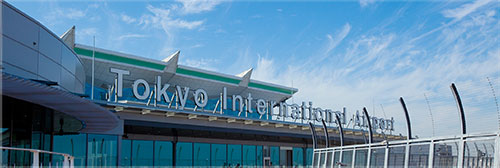
Haneda Airport
Monorail & Train: ¥650, 30 min. to Tokyo
Limousine Bus: ¥930, 55 min. to Tokyo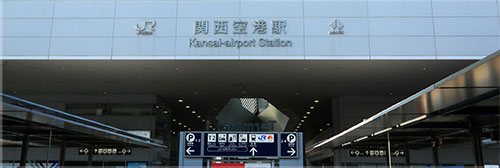
Kansai International Airport
Express Train: ¥3,170, 75 min. to Kyoto
Airport Bus: ¥2,550, 90 min. to Kyoto
*Approximate timesGetting Around
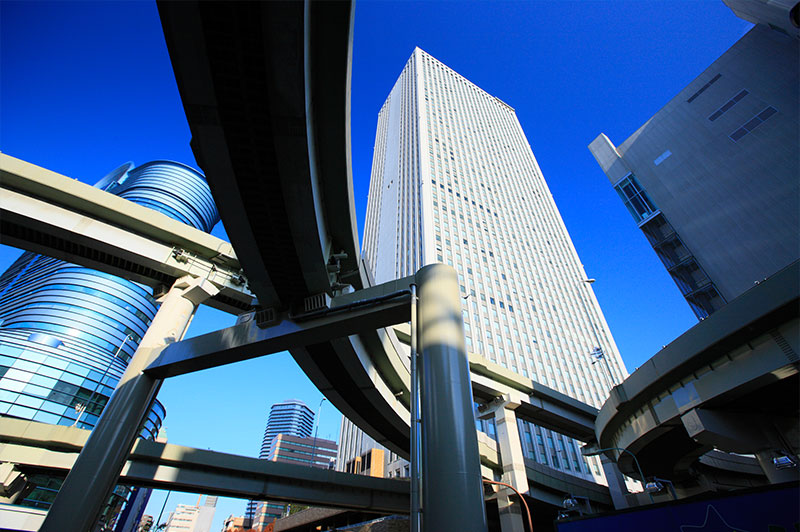
Japan has a great network of trains, buses and ferries. Navigate with Google Maps directions, but be sure to input the destination name—not the address—unless you know how to write the address in kanji (Japanese addresses translate poorly).
Taxis are expensive—at least three to five times the public transport cost. If you plan to rent a car, get an International Driving Permit and drive on the left.
-
- Using English
-
 Name the thing you want (or the place you want to go) and gesture. Instead of wh-questions, give the subject and list examples of the kind of answer you'd like, using a question-style rising intonation.
Name the thing you want (or the place you want to go) and gesture. Instead of wh-questions, give the subject and list examples of the kind of answer you'd like, using a question-style rising intonation.
While Japanese people tend to have low English confidence, everyone will understand "hello," "goodbye," "yes," "no," "okay," numbers 1-10 and "thank you." If they understand more, great!
- Using Japanese
- The only Japanese word you absolutely need is "sumimasen" (SOO-mee-MAH-sen): "excuse me." Use it to get the staff's attention and to apologize.

Chopsticks
Learn to use them if you want to try a lot of local cuisine. Not every shop can give you a fork.

Exceptions
Japanese sevice is very precise, but also very standardized. Special requests tend to cause confusion.
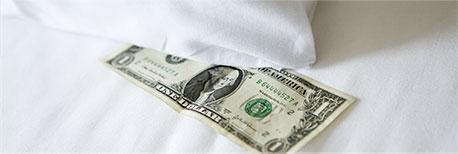
Tipping
Don't tip. Nobody will accept your extra money.

Shoes
Expect lots of walking. Take your shoes off at the entrance of a house or temple hall, and before stepping on tatami (woven straw mats) in a traditional restaurant.

Anime & Manga
Even in Japan, anime is mostly for geeks and kids. Manga is more mainstream, but only the biggest names slip into the public vernacular.
Give My Regards to Black Jack/SHUHO SATO Manga on Web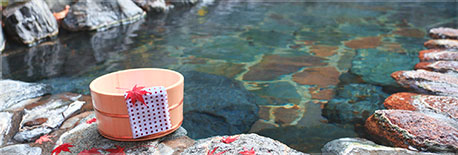
Local Leisure
Hot springs (onsen), unique regional cuisine and seasonal festivals are big in Japan.
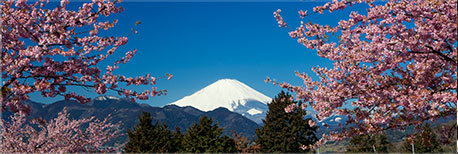
Seasonal Events
Spring cherry blossoms, changing leaves in the fall, and New Year's day are hotly anticipated every year.

Convenience Stores
Ubiquitous, 24-hour outposts for quick food, toiletries, phone chargers and alcohol.

¥100 Shops
Great for snacks, basic stationery, knickknacks and simple gifts.
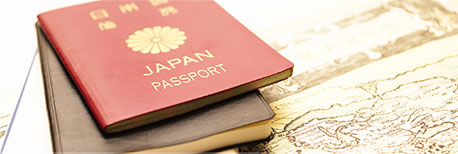
Consumption Tax
8% tax is applied to every purchase. An increasing number of department stores offer tax-free shopping for foreigners—check for the signs. Tax is already included in train and venue prices.

Eating Out
Most chain restaurants and cafés have pictographic menus or English descriptions. Smaller shops are often Japanese-only. When stuck, ask for their "o-susume" (recommendation). Just stand up and walk to the register when you're ready to pay, or cross your pinkie fingers to gesture for the bill.
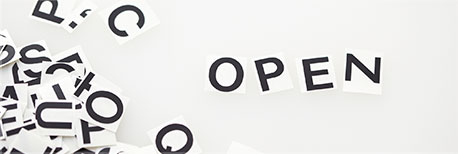
Business Hours
Historic sites tend to be open 8:30 a.m.-5 p.m. (9 a.m.-4:30 p.m. in winter), and may be open longer for special seasons or events. Always check before visiting. Most department stores are open daily 10 a.m.-8 p.m. (7:30 p.m. on Sundays).

Typhoons
Typhoon season runs from May to October, peaking in August and September. Watch for swollen waterways, landslides in mountainous areas, and temporary disruption of public transport. The areas west of Kyoto tend to get hit hardest.
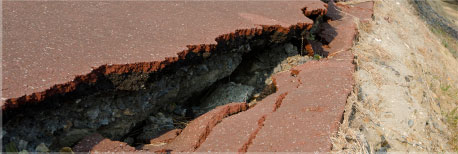
Earthquakes
In violent shaking, drop and protect your head—most injuries are caused by falling objects. If you're near the ocean and hear a siren, move inland and uphill. Phone reception will be overloaded after a major quake, so the Internet is best for communication.

Volcanoes
Japan is home to over 100 active volcanoes. They tend to be quiescent, but check for eruption information before visiting a volcanic area.




